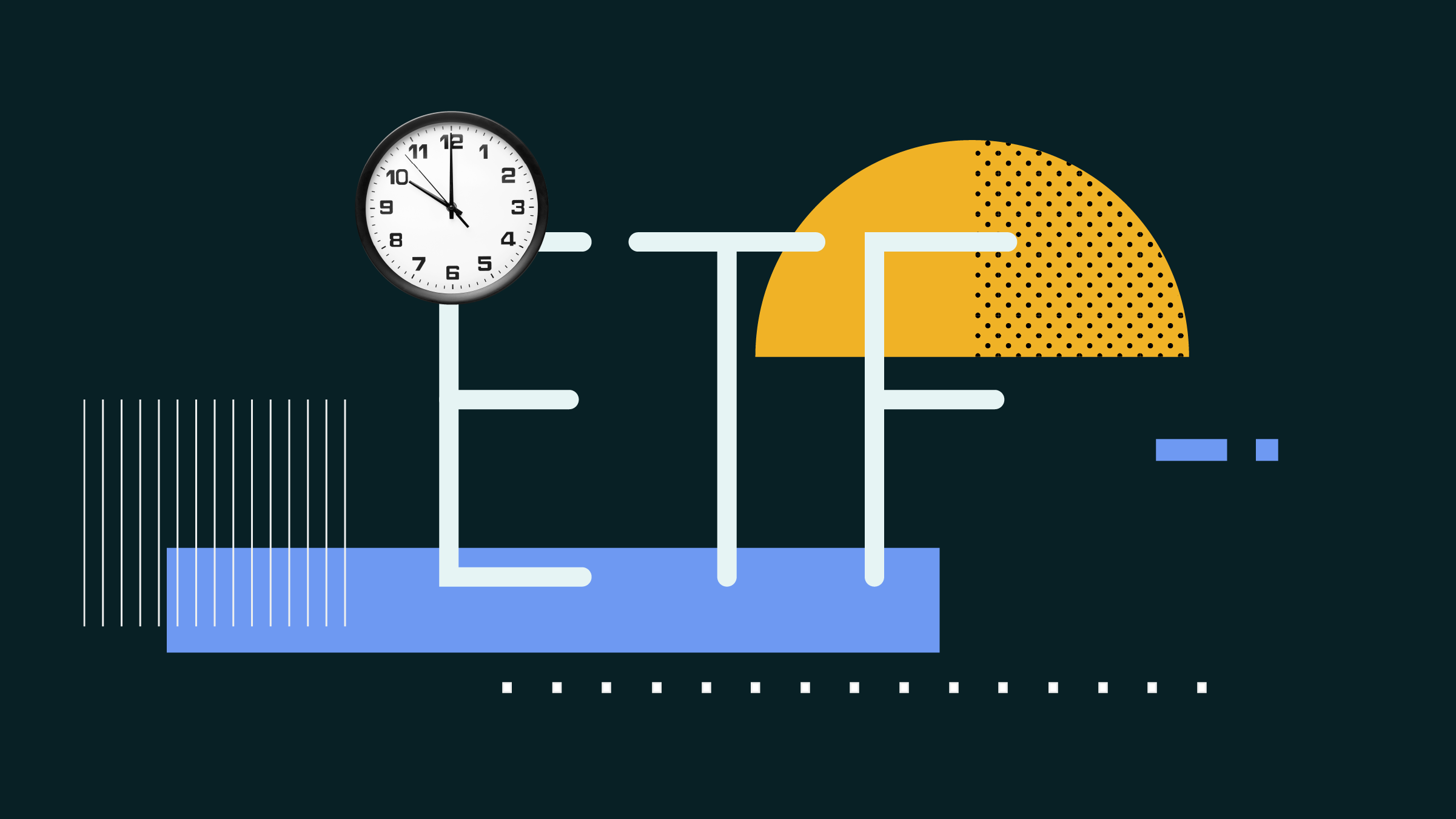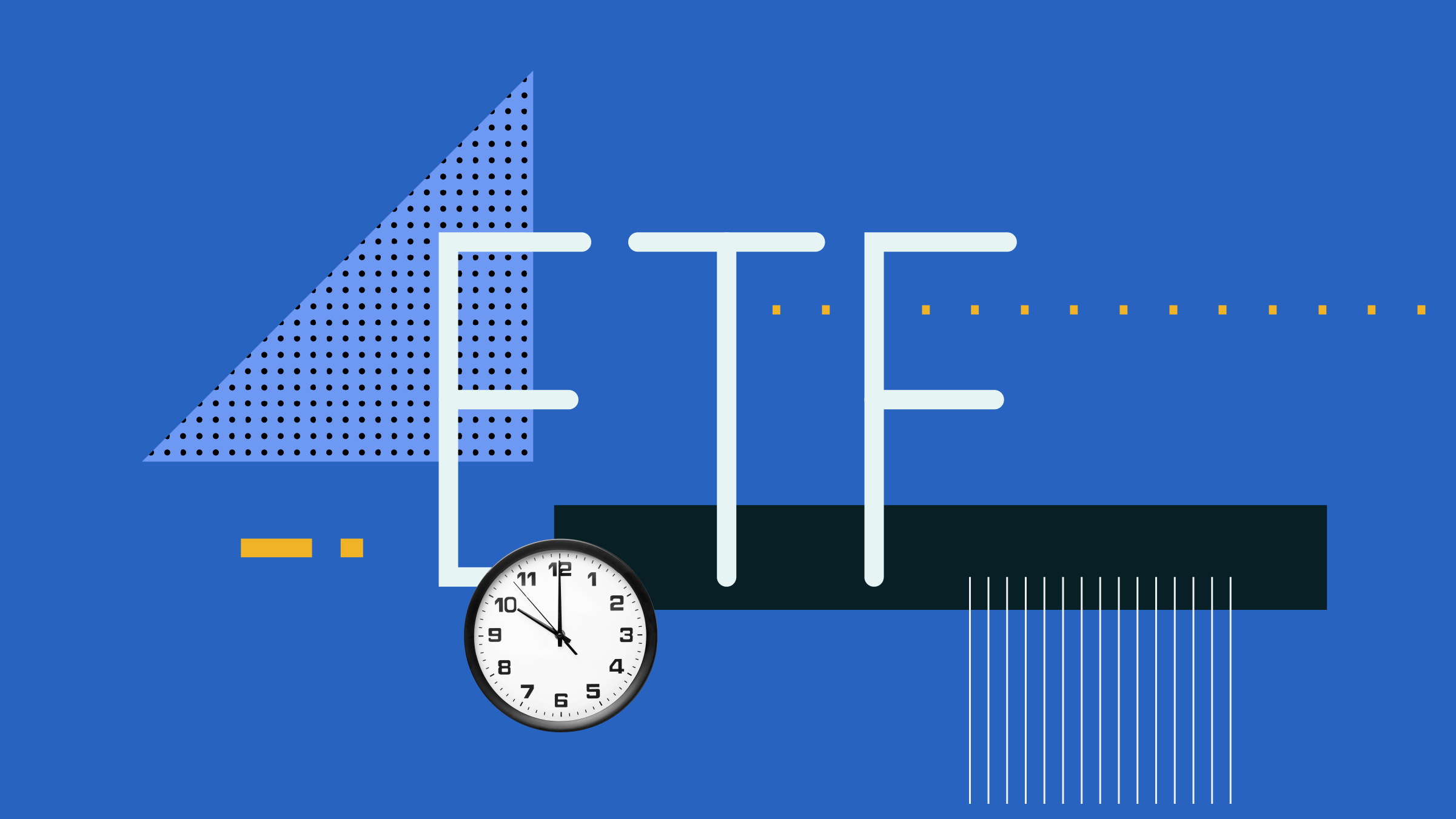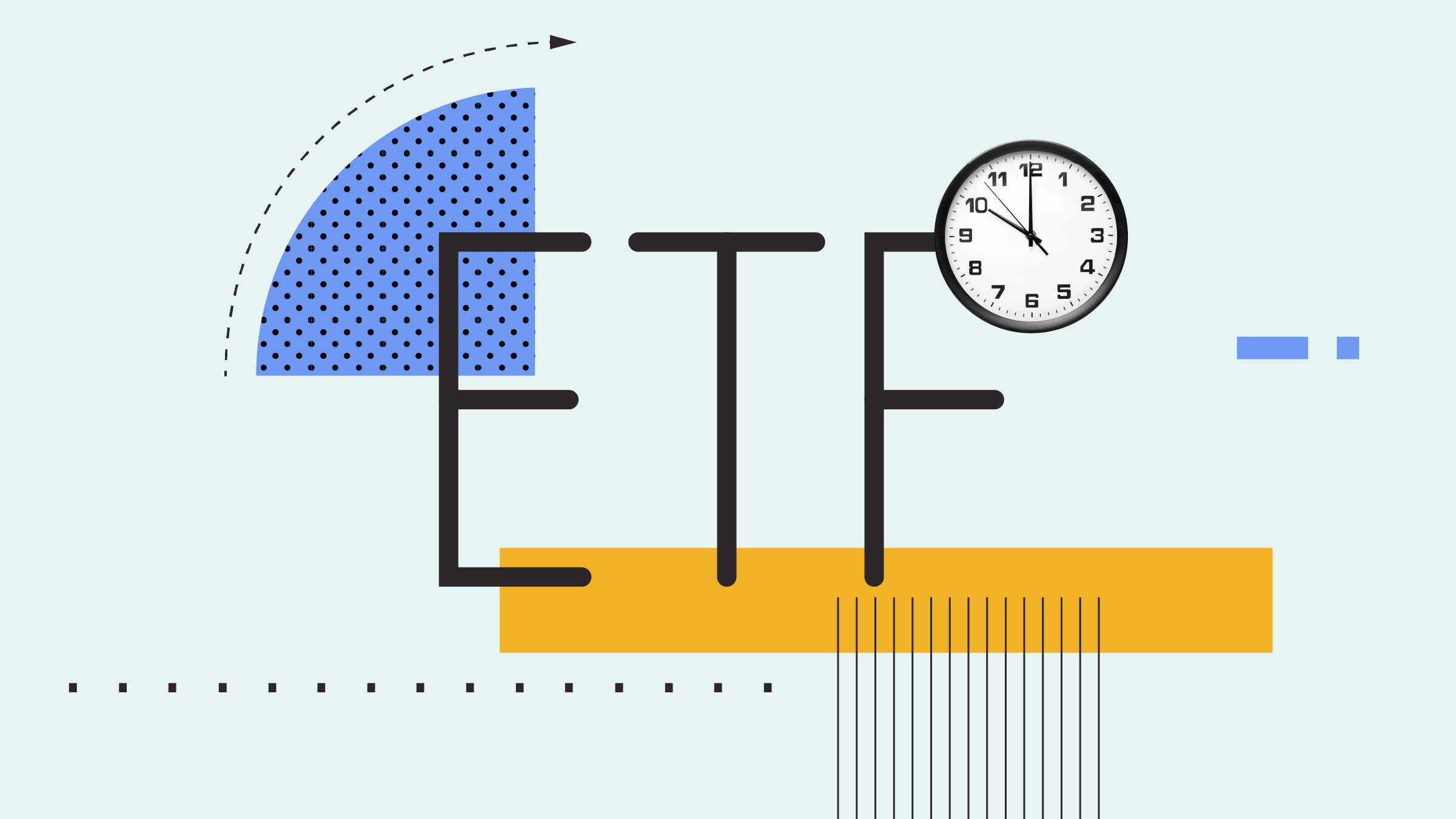Note: This article is part of Morningstar's January 2015 RRSP Check-up special report.
Headlines about oil prices, interest rate surprises, housing and big daily ups and downs in the Canadian stock market make it a good time to think about investment risk. Actually, it's always a good time to think about investment risk and how much of it we are taking in our portfolios. Are we taking too much risk? Is it even possible that one can take too little risk?
If you check the prospectus of your fund company, you'll find a long list of potential risks outlined in cold, technical language: Company risk, credit risk, commodity risk, currency risk, interest rate risk, inflation risk, liquidity risk and a host of others. If you don't invest via a fund company, don't kid yourself: You are likely exposed to some of the same risks in your own investments.
Understanding investment risks in general terms is a necessary start. The investment risk landscape shifts over time, however. Levels of debt, valuation and popularity can change, for individual securities and for the market as a whole. Recent "good times" in a particular investment may sow the seeds of increased future risk through higher prices paid into increasingly leveraged investments by a growing crowd of investors. Conversely, periods of poor performance may actually reduce the future risk of a potential investment by taking prices, leverage and short-term popularity down to more sustainable levels. Those shifts run counter to our natural inclination to mentally extend what has happened in the recent past into our expectations of the future.
The investment industry tries to assist investors by quantifying risk -- most commonly in the form of a historical measure of volatility such as standard deviation of return. There are some suspect assumptions baked into this measure, making it unwise to use it in isolation -- namely that the past is a clear window to the future, that investors view positive deviation the same way they view negative deviation and, indeed, that positive and negative deviation are equally likely.
So, while it is useful to have an understanding of the commonly-shared and ever-shifting risks of various investments, and to understand the limitations of quantifying risk in a single rear-view mirror number, the key to knowing whether one is taking too much or too little investment risk lies within.
Our own unique circumstances are a huge part of getting a handle on the true risk picture. Those circumstances can be broken into three areas: risk required, risk tolerance and risk capacity.
Risk required: Vast market risk knowledge is of little value to an investor who lacks a plan for how much investment capital will be put to use or who has ill-defined investment objectives. It would be like having a detailed map that doesn't contain the place you are starting from or place you want to go. With an appropriate gauge of how much can be invested, and how much is eventually needed to meet objectives, the path becomes clearer.
Risk tolerance: This is an individual's uniquely personal comfort level with investment losses. Modern behavioural researchers theorize that humans strongly prefer avoiding losses to acquiring equivalent gains. The degree of loss aversion, though, varies by individual. In general, when assessing risk tolerance, it is a good practice to look at actual past investment behaviour and to think about levels of acceptable loss.
Risk capacity: This is a somewhat more objective measure of one's ability to take risk, and is linked to how an investor can recover from a permanent investment loss by earning back that money in ways outside investing. At Morningstar, we use the concept of Human Capital to represent this, and the most common illustration is the stream of income from ongoing employment earnings.
These aspects of individual investor risk are distinct, and there is no guarantee that they all point to the same place for an individual. For example, an investor may have a high risk capacity but a low risk tolerance. Or an investor may conclude they are "required" to take high investment risk, but their capacity and/or willingness to do so are considerably lower. Rating and reconciling these areas may require tough decisions such as performing a reality check on goals, and is one of the most valuable areas for getting professional financial advice.
So, to determine whether we are taking on too much or too little risk requires appreciation of the various risks we all can face as market participants, and the knowledge that those risks can shift over time and render the past obsolete.
But most of all, it calls for self-knowledge: What risks are required to take to meet our objectives; what risks are we willing to take given our personal aversion to investment loss; and what risks do we have the capacity to withstand, given our changing (and eventually, diminishing) ability to make up for losses we can't make back via our human capital. The ancient Greek philosophers were right: Know Thyself.



















